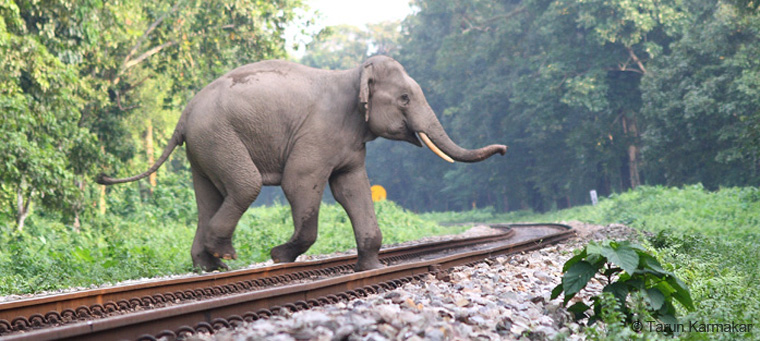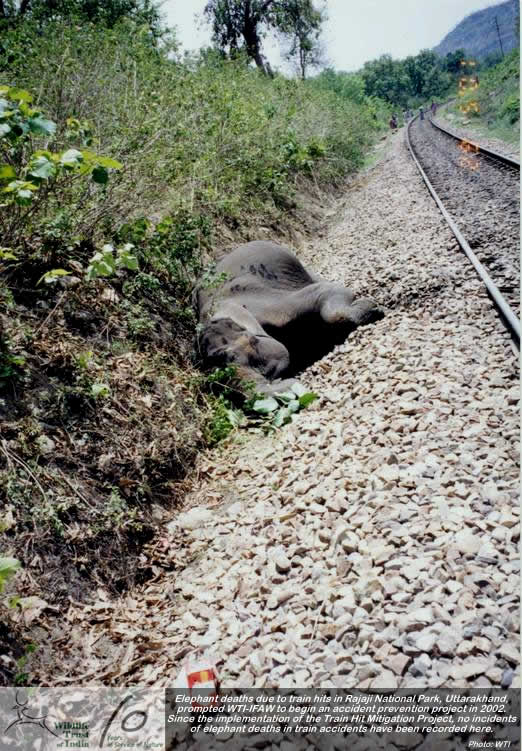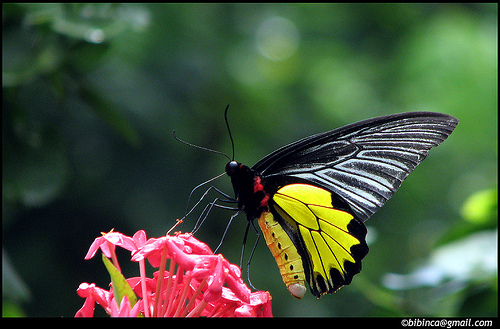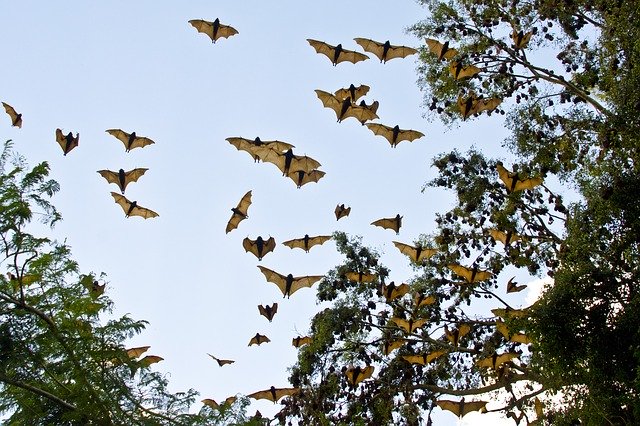 The dancing deers of Manipur are so named because of the ease with which they use two legs to manoeuvre the swamps of their habitat – a one-of-its-kind floating biomass vegetation on the Loktak lake and the world’s only floating national park. But experts warn that the remaining members of this critically endangered species may soon drown as the biomass that floats on the water is vanishing fast.
The dancing deers of Manipur are so named because of the ease with which they use two legs to manoeuvre the swamps of their habitat – a one-of-its-kind floating biomass vegetation on the Loktak lake and the world’s only floating national park. But experts warn that the remaining members of this critically endangered species may soon drown as the biomass that floats on the water is vanishing fast.
Sangai deers or the dancing deers are one of nature’s many marvels that over the period of many centuries have learnt to expertly maneuver their movement in a home that is as exclusive as the deers. These animals live in a floating biomass, the Keibul Lamjao National Park (KLNP) situated inside the Loktak lake 53 km from Imphal in Bishnupur district.
The fragile swamp is continuously floating vegetation on the lake and the only natural habitat of the brown antlered deer. But experts fear that the swamps are receding at an alarming rate and if it continues to shrink, the deers will soon have no strong base to keep their foot on and will eventually drown.
“Not only has the size of the biomass or ‘phumdies’ been decreasing over the last few years but its buoyancy and thickness is also getting reduced by the day. The chances of ‘Sangais’ getting drowned have increased manifold as the capacity of the KLNP to support its weight has decreased,” environmentalist R K Ranjan said.
The man warns that at many places the phumdies have become less than 1 metre thick and if a sangai steps on this biomass it will drown.
Manipur’s deputy conservator of forests L Joykumar Singh says that because of the restricted movement of the deer as it cannot cross the lake anymore, there are other problems that have risen. In-breeding within a community has increased, and the competition with other wildlife for the food in a particular area has increased too.
 The park is spread across 40 sq. km but the area deemed safe for the sangai deer is only 9.5 sq. km.
The park is spread across 40 sq. km but the area deemed safe for the sangai deer is only 9.5 sq. km.
According to the last census conducted by the Wildlife Institute of India in 2008, the mean population of the deer, once declared extinct, has fallen down to an alarming 92.
Reasons behind the Shrinking Habitat
Hydro-power project – The main reason for the declining swamps according to biologists is the hydrological changes in the eco-system which occurred after the water level in the lake was kept at a higher level for NHPC’s hydro-power project.
“This increase in water levels has brought the ‘phumdies’ farther away from the ground making it difficult to draw nutrients from the river bed and support vegetation,” N C Talukdar, director of Institute of Bio-resources and Sustainable Development, says.
Global warming – Talukdar warns that global warming will further reduce the biomass as they will decompose quickly due to the heat and regeneration so early will be impossible.
Pollution – Pollution is yet another problem for the deers. According to a report by Wetlands International the inflow of pesticides, chemical fertilisers and domestic sewage is deteriorating the quality of the water of the lake.
“Besides complicating birth, pollution might result in deformities among the deer. They might even acquire genetic defection, says wildlife expert Kh Shamungou.
The blocking of the water outlet at Ithai barrage has further aggravated the situation as the freshwater lake is now no more than a water reservoir wherefrom the pollutants can’t flow out.
Poaching & Encroachment – The deers are also facing threat from poachers. In 2010, six poachers were arrested from Khorda after they had laid a big net to trap the animal, say wildlife department officials. The forest and national park areas are increasingly being encroached by humans leaving little for the animals.
Exotic Plants Species – Another enemy of the deer is the “para grass’ a species that was not earlier found in the area. The grass spreads very quickly leaving no space for the natural plant species of the area to grow. Thus, the deer is also not getting enough supply of its staple food because of the invasive plant.
“Para grass expands very quickly and prevents the growth of other plants. The species is invading fast and the more area it covers the less food will be left for Sangai,” warns Ranjan
If a recovery plan is not placed soon enough, India will surely loose another of its unique wild animal and an equally exclusive natural habitat.
Related Stories:
Indian Army Starts the Save Hangul Campaign
Indo-Pak Border Dividing Animal Homes
Soldier Saves Sambar Deer Fawn from Stray Dogs
Reference: Zeenews






That’s new , the Deer, the floating Eco System !! Nice !!
The Loktak Lake is surely worth a visit Amit. It is another of nature’s well-thought out plan to sustain life, that man is thoughlessly destroying.